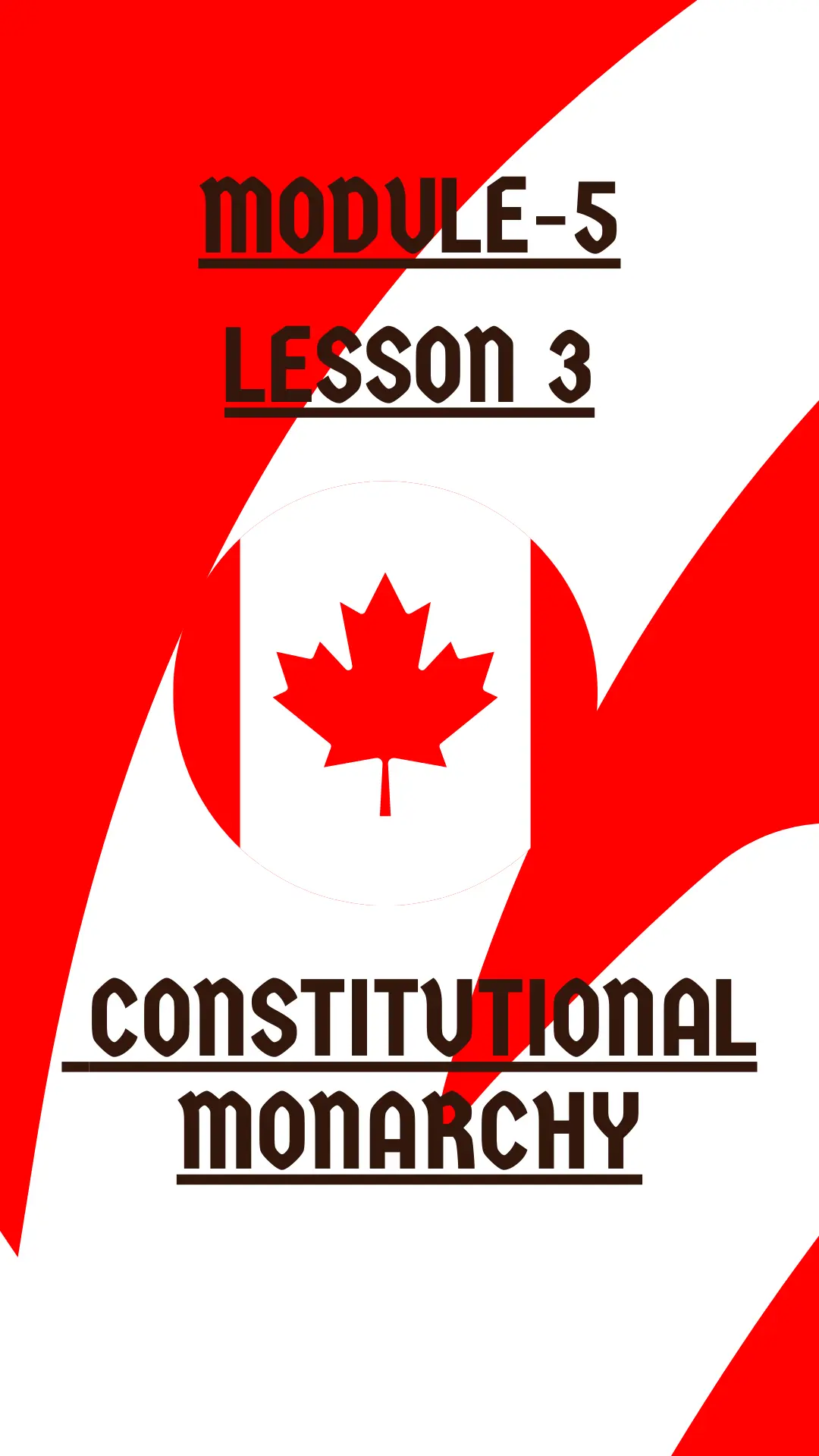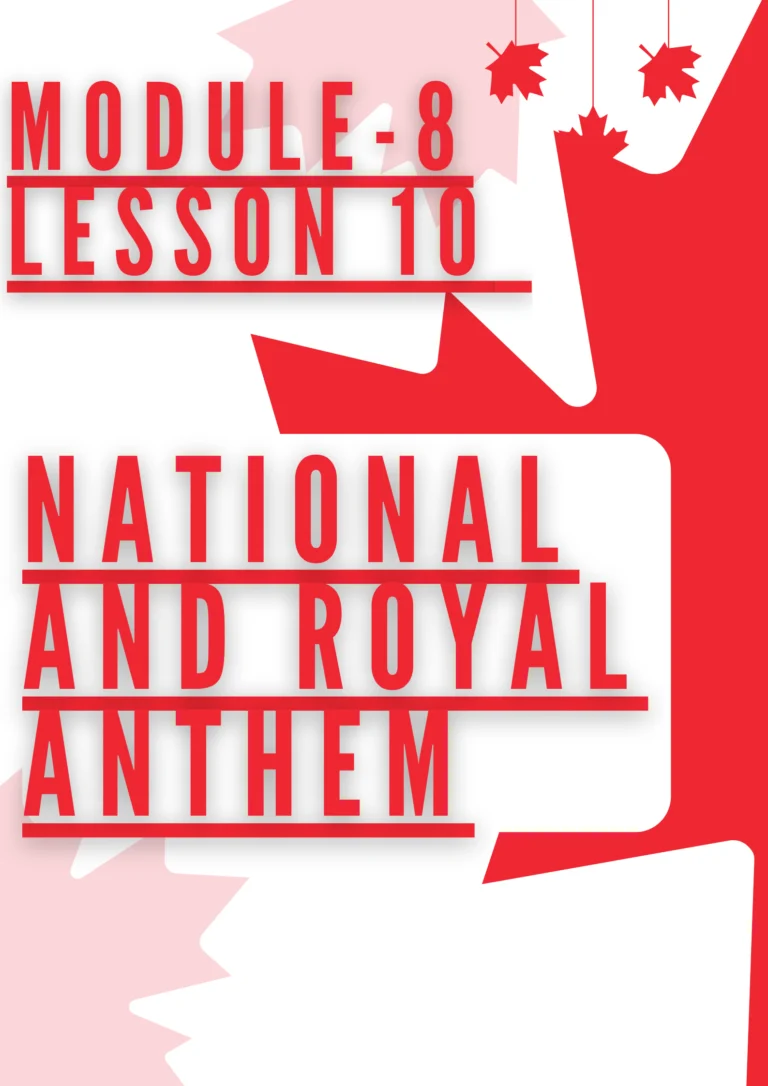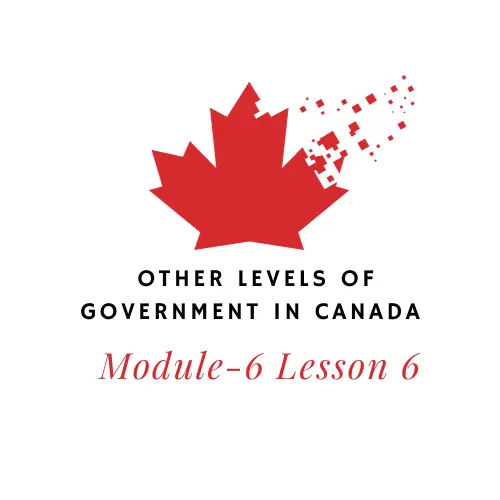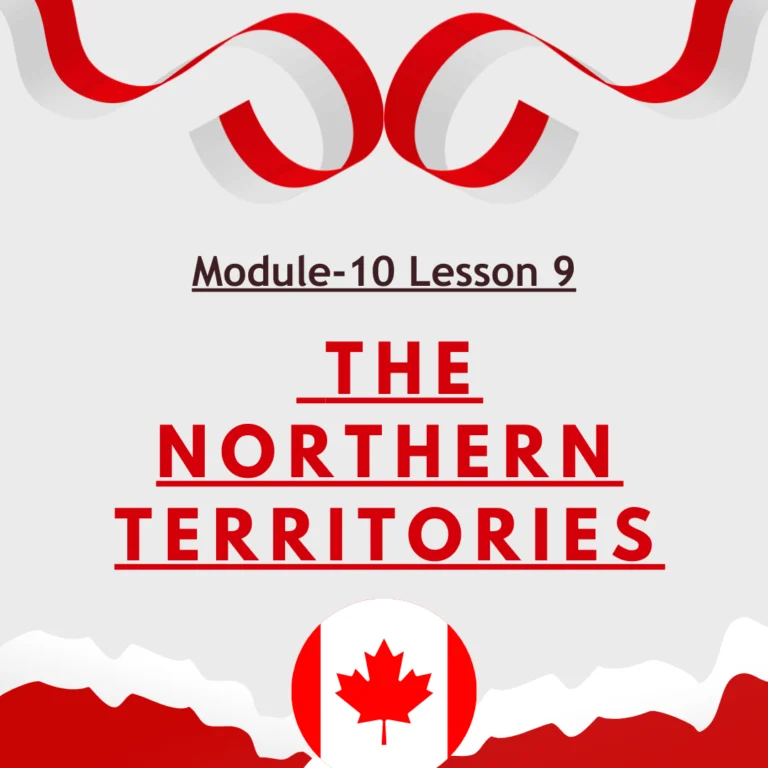Module-5 Lesson 3 CONSTITUTIONAL MONARCHY
Canada is a diverse and vast nation that stands out as an example of a constitutional monarchy. This blend fosters stability and inclusivity. This essay examines the origins, evolution and current significance of Canada’s constitutional monarchy. It emphasizes its role in maintaining democratic values and nation-wide unity.
History of Roots
The British North America Act of 1860, which united Canada, Nova Scotia and New Brunswick, gave birth to Canada’s constitution monarchy. This act created a federal government and laid the foundation for Canada’s constitutional monarchy. Canada’s constitution recognizes that the British monarch is the country’s head of state.
The Evolution of Constitutional Monarchy
The constitutional monarchy of Canada evolved over the years to reflect changing national values and aspirations. In 1931, the Statute of Westminster granted Canada legislative independence. It allowed it to adopt laws without needing approval from British Parliament. In 1982, Canada’s patriation of its Constitution marked an important moment. It gave Canada complete control of constitutional amendments including the Charter of Rights and Freedoms.
The role of the monarchy and governor general:
In a constitutional monarchy, however, the role of the monarch is mostly symbolic. The real power to make decisions rests with elected officials. The Canadian Prime Minister recommends the Governor General to the monarch, who then appoints him. He performs ceremonial duties and has reserve powers such as the ability to dissolve Parliament or nominate a new Prime Minister. Separating symbolic from executive power ensures an equilibrium that maintains democratic principles and historical traditions.
Stability and continuity:
The constitutional monarchy of Canada is known for its stability and continuity. It is a force that unites people, a symbol of a connection to the past which transcends all political ideologies. Hereditary monarchs are a symbol of the stability of Canadian institutions and contribute to national identity.
Democracy and Representation
The parliamentary system in Canada is at its core, even though the monarchy has a ceremonial aspect. Together, the elected House of Commons and the Senate are the legislative branch. They embody the principles of accountability and representation. The executive branch is led by the Prime Minister who represents the House of Commons majority or coalition. This person ensures that government decisions are in line with the wishes of the citizens.
Multiculturalism and inclusion:
Canada’s constitution monarchy is adaptable and has a multicultural background. With its historic ties with indigenous peoples, the British crown, and monarchy in general, it fosters an inclusiveness. In the constitution, indigenous rights are acknowledged. The appointment of diverse individuals in key positions demonstrates a commitment towards recognizing the diversity of the population.
The Contemporary Importance of:
Canada’s constitutional monarchy is still relevant in the 21st century, as it provides a solid and stable democratic base. Constitutional frameworks such as the Charter of Rights and Freedoms protect individual liberties and guarantee that power is used responsibly. It is important to remember Canada’s history and promote national unity within a multi-cultural society. The monarchy continues its role as an institution that serves both purposes.
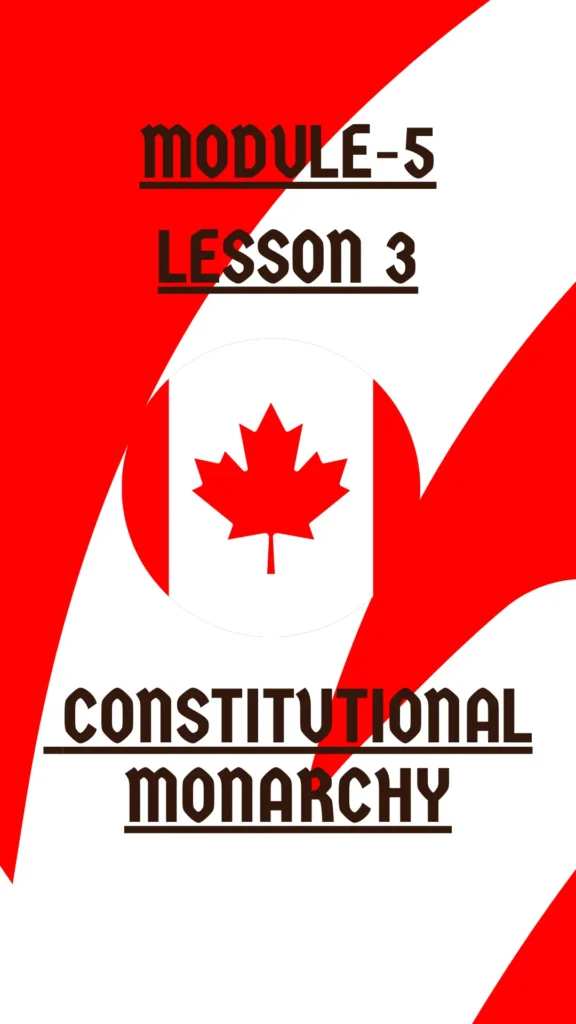
Conclusion:
Canada’s Constitution and monarchy are shining examples of democracy and inclusion. It has evolved over time to reflect Canada’s aspirations and identity. Combining the monarchy’s symbolism with democratic principles embedded within the parliamentary system creates a unique mix that contributes to Canada’s diversity and unity. Canada’s constitutional monarchy is a shining example of how tradition and modernity can coexist harmoniously.
Canada’s constitutional monarchy blends a hereditary monarch with a democratic parliamentary system. Rooted in historical ties to the British Crown, it symbolizes stability and unity while embodying democratic principles through elected representatives and constitutional safeguards, shaping a unique and resilient political landscape.

